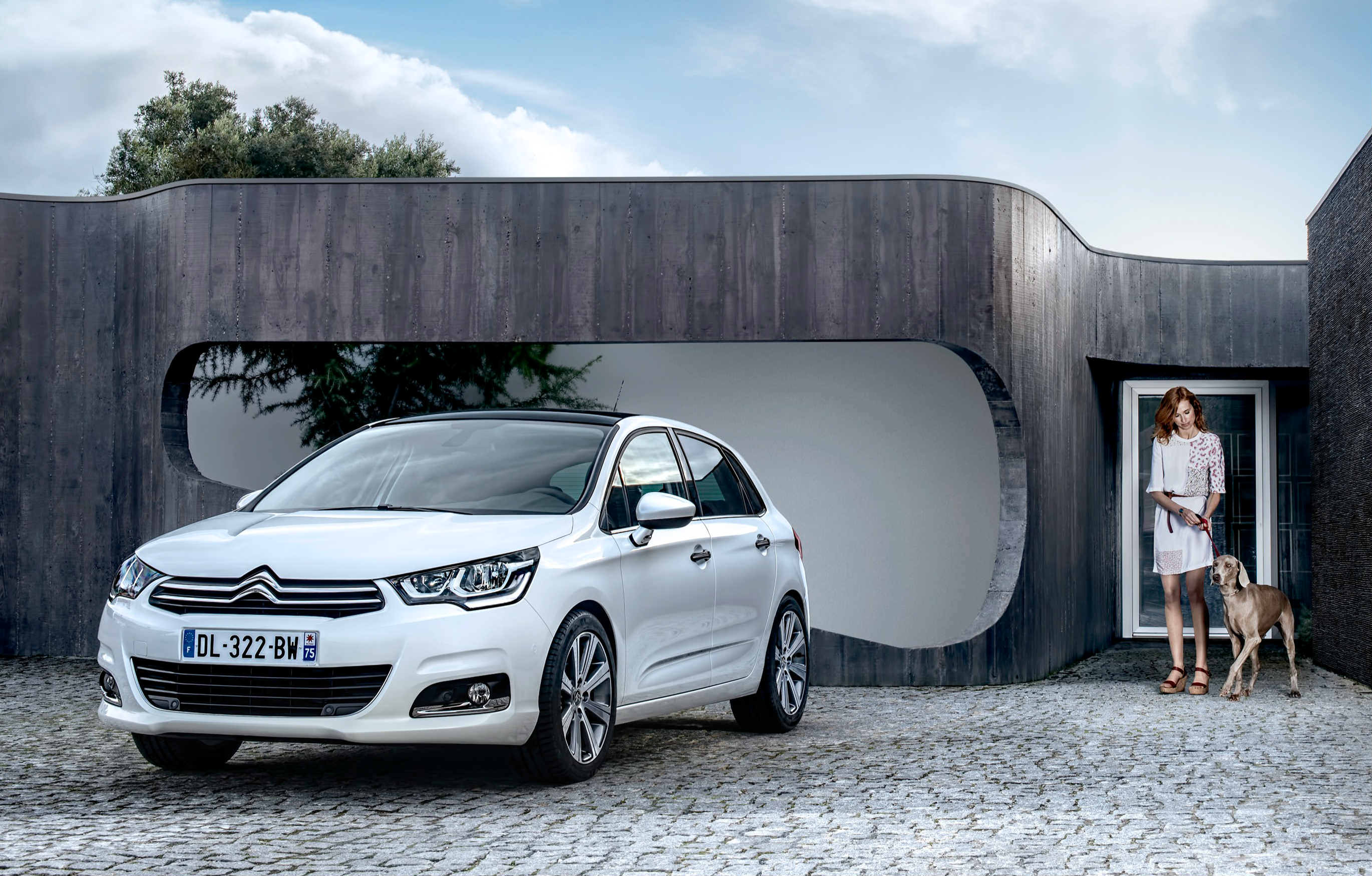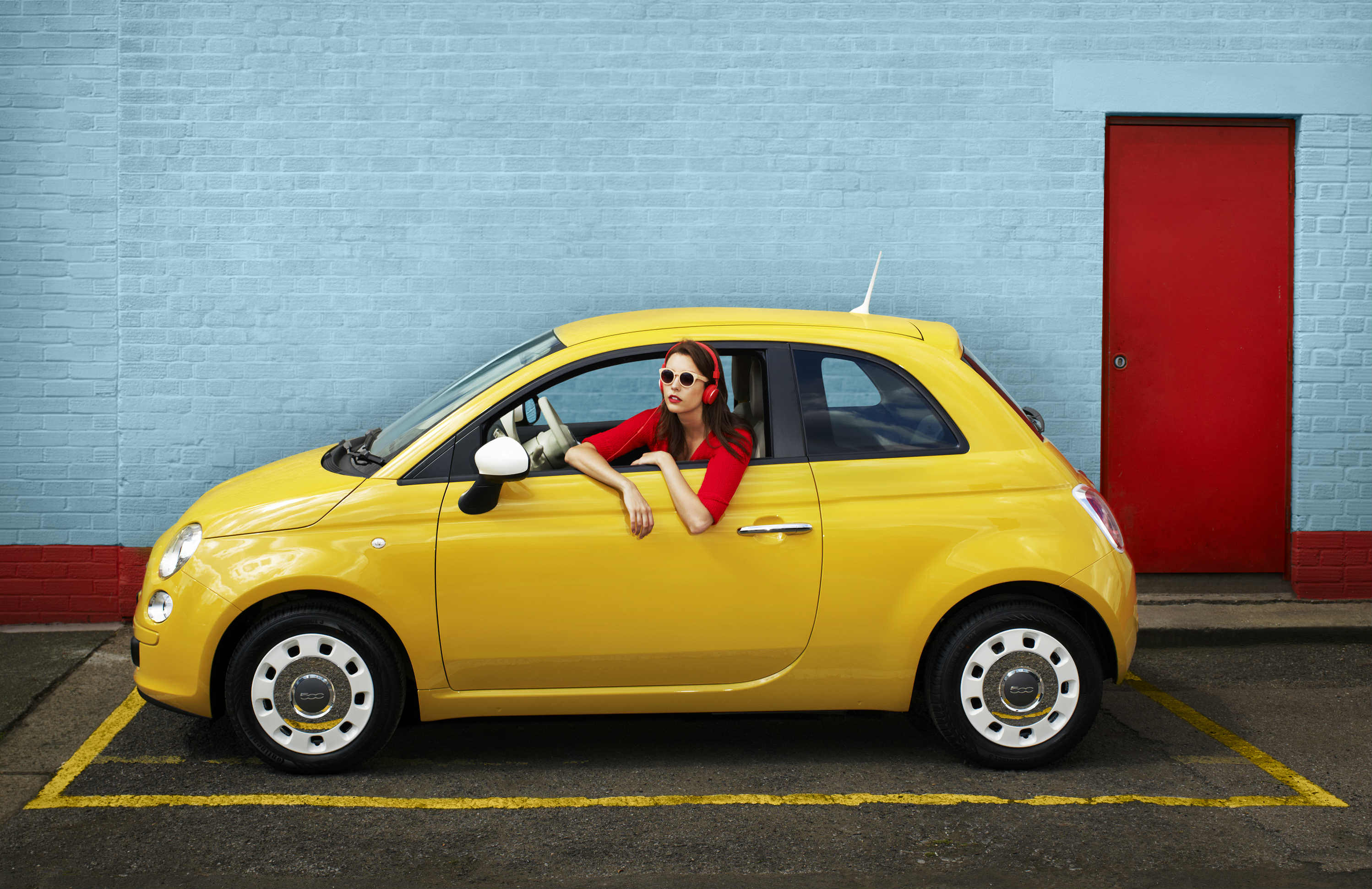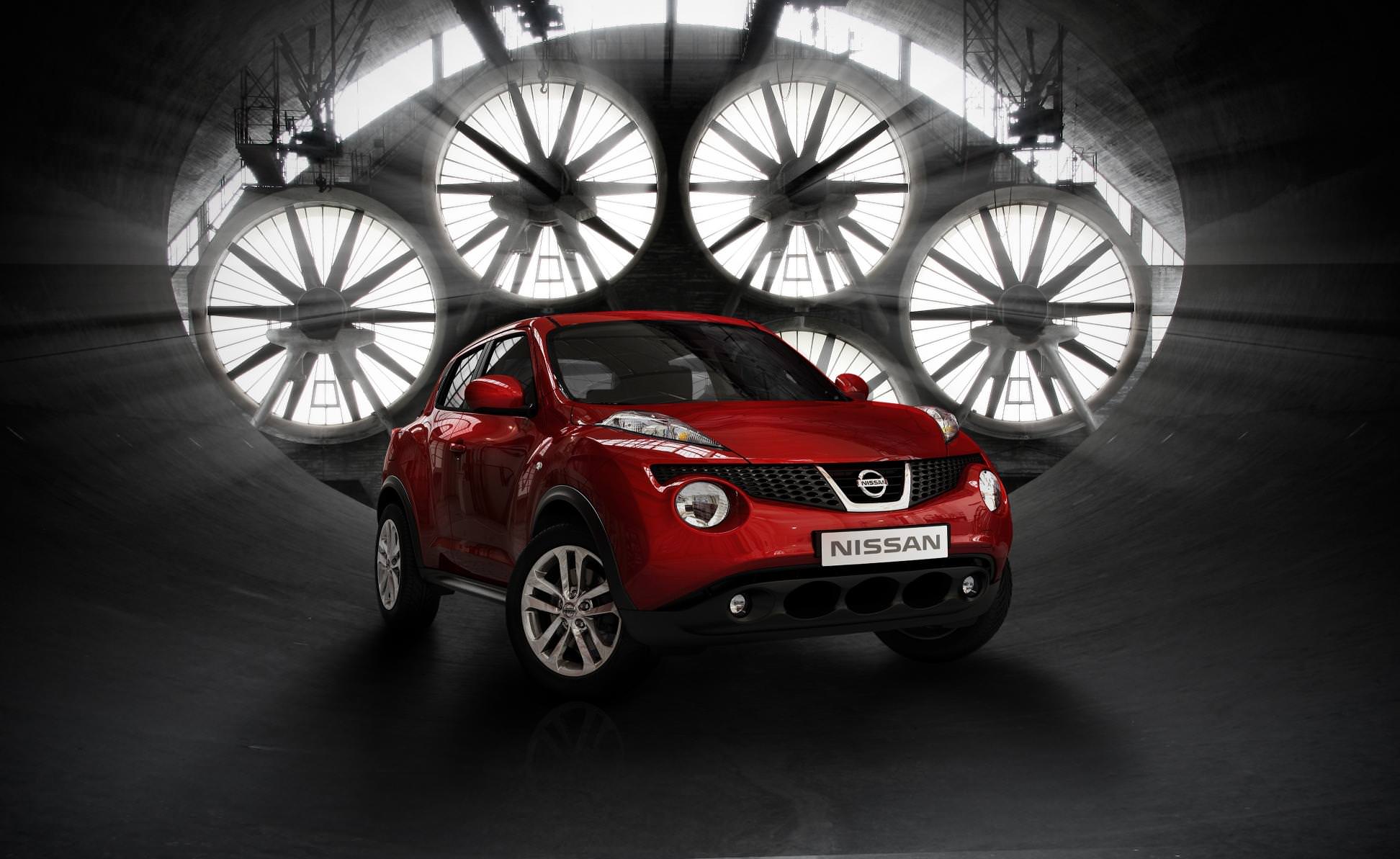How to cut your car ownership costs
With the increasing cost-of-living squeezing everyone’s budgets, we’re all looking for ways to save money where we can. Read on to find out how you could cut your car ownership costs

With the cost-of-living continuing to increase, unpredictable fuel prices, and the ongoing shortage of new and used cars, the cost of car ownership can add up. But that doesn’t mean you have to give up your vehicle or resign yourself to paying rising bills. For many of us, our cars are essential for getting us from A to B, commuting to work, taking the kids to school, and sorting the weekly shop. Read on for our top tips for cutting your ownership costs without giving up your car.
Lower your upfront costs
No matter whether you’re in the market for a hot hatchback, a family-friendly SUV, or a high-powered sports car, buying a new car can be expensive. There are several reasons why you might have your heart set on a brand-new model, whether you want the latest mod-cons or like the reassurance of a warranty, but choosing a used car instead could substantially lower your upfront costs. This is because almost all vehicles depreciate – lose value – over time and this drop tends to be more dramatic in the first few years of a car’s life. That means you may be able to find a nearly new car that’s just two or three years old at a much lower price than it would be offered brand-new.
You might also be able to save on upfront costs by downsizing. Not only will the purchase price likely be lower, but swapping from an estate to a supermini could cut your running costs too. If downsizing isn’t an option that will work with your circumstances, you don’t necessarily need to buy a car at all. With personal contract hire – known as leasing – you can pay fixed month payments to lease a car for two or three years. You might need to put down a deposit, but you’re unlikely to have any other upfront costs or need to worry about depreciation.
If you’re not sure whether you want to own a car or not, personal contract purchase (PCP) car finance might be the right choice for you. Instead of borrowing the car’s full value, with PCP, you only need to take out a loan to cover the vale that the car will lose during your loan term. Once you reach the end of your agreement, you can choose to hand the car back or buy it by paying the one-off balloon payment.
Change your driving habits
Once you’ve bought a car, the way you choose to drive it can impact the amount it costs to own. Certain driving habits burn through more fuel and can damage your engine. Try to avoid idling in slow traffic, accelerating suddenly, and taking hilly routes. Instead, you can save fuel by driving at a steady speed, slowing down early, and turning off the engine when you’re stuck in traffic (if it’s safe to do so). You can also reduce the amount of fuel you use by limiting the amount you use your air conditioning and making sure you’re not carrying around any unnecessary weight.
Of course, the best habit you can adopt to cut your car ownership costs is to leave your car at home. While some journeys require a car, you may be able to save money by walking or cycling short distances or choosing to take public transport, especially in inner city where a ULEZ or congestion charge may apply.
Check your tyres
Your car’s tyre pressure can also affect the amount of fuel you use and may impact your safety. Deflated tyres often have less grip and can have more friction against the road surface, requiring more energy and fuel to travel. On the other hand, overinflated tyres are at risk of bursting. Most tyres will have their ideal amount of air pressure marked on them and you can use a tyre pressure gauge to check your levels. It’s also worth keeping in mind that the weather can affect your tyres too: cold weather can reduce the pressure and heat can lead to overinflation.
Compare car insurance
In the UK, a car must be insured before its driven on public roads. Third-party insurance is the minimum amount of coverage permitted, but even this can be costly. One of the best ways to get a good deal on your car insurance is to use a comparison site to compare quotes. Some insurers choose not to be included on these websites so you may wish to visit them individual to get a quote.
When comparing the options available, ensure that the annual mileage is correct and double-check what is being covered. You might find that additional services are included that you already pay for, such as breakdown recovery fees that are already included with your current account). Removing these optional extras could help you reduce your premium. It’s also often cheaper to pay for your full annual premium in one if you can afford to do so, rather than breaking it down into monthly payments.
Pay your road tax annually
Alongside insurance, car owners are also required to pay tax. This is an annual charge that the government uses to improve and maintain public roads. There are several payment options available: you can choose to pay it all in one go, split the cost into two and pay every six months, or pay monthly. Unfortunately, breaking your road tax bill down into two or more payments increases the cost so, if you can afford to, paying in one go is the cheapest option. You might also wish to consider the amount of tax you’ll be charged when choosing your new car; diesel cars, for example, typically need to pay more tax than petrol, hybrid, and electric vehicles.
Shop around for fuel
Fuel prices don’t only change over time, but they can also be different from pump to pump. Taking time to compare the cost of different fuel stations near you is a great way to cut your car ownership costs. Depending on where you live, you might not have access to a wide range of options, but a good rule of thumb is to avoid filling up at motorway service stations as these are typically the most expensive. Supermarkets can be cheaper than independent petrol stations and some might allow you to collect loyalty points or earn cashback when you fill up there.
Plan your parking
You might not think about parking as one of the biggest costs associated with car ownership, but it’s one that can add up. If you drive in a city or commute to work every day, parking could become a serious expenditure. Planning could help you cut costs; if you’re travelling somewhere new, take time to investigate the different parking options available and try to identify the free or cheaper spots before setting out. If you’re visiting a city, you might also get a great deal by choosing Park and Ride instead of trying to park in the centre.
Don’t skip repairs and maintenance
When your budget is getting squeezed, it’s tempting to put off routine car maintenance and ignore any minor repairs. While this might seem like a low-risk decision, these smaller problems can become larger issues over time that will be even more expensive to fix later. Keeping on top of your cleaning and regularly checking your oil and fluid levels can help you identify any issues and fix them quickly. You might feel confident carrying out some car maintenance yourself, but you should consider booking into a trusted garage for your services as well as dealing with problems like chips in your windscreen and dented bodywork as soon as they happen.
Switch to an electric vehicle
While both new and used electric vehicles can still be more expensive to buy, they are often cheaper to own over time. With a hybrid or EV, you might be able to save on your fuel costs, pay less car tax, and enter ULEZ areas for free. However, as EVs are still relatively rare, repairs and services may be more expensive than they would be with a petrol or diesel car.
Refinance your car loan
If you originally purchased your car with a finance loan but are looking to cut costs, you might want to consider a refinance loan. You don’t need to wait until your current agreement ends, instead you can take out a new car finance deal with new terms to pay off your existing finance. If your credit score has improved over time, you might be able to save on interest by refinancing to a loan with a lower APR than your existing deal. If your score hasn’t changed but you still need to lower your monthly repayments, you might be able to find a refinancing loan that offers a longer loan term with lower payments.
 Win your car finance on us!
Win your car finance on us! 

